Types of Fruit Preservation: The Difference between Jams, Jellies, and Other Home Preserves
This page contains affiliate links. For more information please read my Disclosure Policy.
As a frequent home canner and maker of homemade jams and jellies, I thought it was high time for another cooking guide. In this guide I’ll cover all the types of fruit preservation, from the differences between jams and jellies to what’s unique about other homemade fruit preserves.
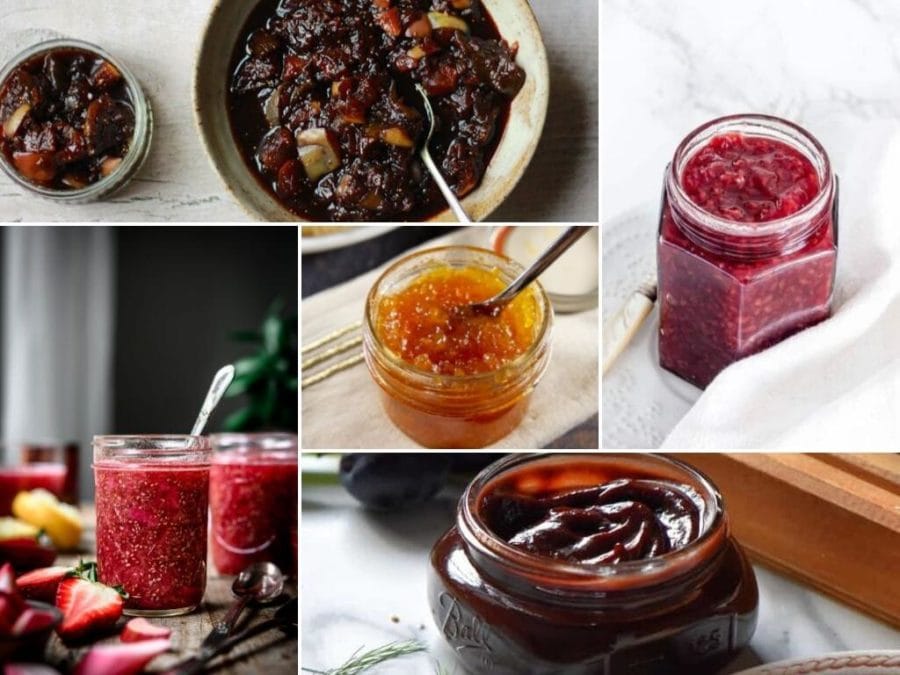
I’ve been talking a lot about how I was raised on homemade jams and jellies as I’ve been sharing the first of many recipes to come, but what exactly is the difference between jam and jelly? What about preserves, compotes, chutney and marmalade? There are actually many methods to preserve fruits and vegetables, and each has a little something that makes them unique!
Read on to learn the differences between them all, to be inspired by recipes and learn which methods you prefer! I’ve also included a how-to guide on water bath canning to make all your creations last long term.
A Word on Pectin
Pectin is a natural carbohydrate present in many, but not all, fruits and vegetables that when combined with sugar and acid have a thickening effect on the cooked mixture. It’s levels vary widely among produce, usually found in the skin, seeds, and cores of most fruits. As fruits ripen, the pectin levels naturally decline.
Fruits that contain high enough levels of natural pectin, such as apples or citrus, do not require the addition of commercial pectin to thicken and set.
Fruits that are low in natural pectin require the addition of either commercial pectin, homemade pectin, or a TON of sugar to set up. There is a wide variety of pectin available. My personal preference is dry pectin, not liquid. I’ve always used the regular pectin when making jams or jellies with my mom, but low sugar, or no sugar are also great options to reduce the level of sugar required for a good set.
Pectin can greatly reduce cooking time, and therefore preserve a fresher fruit flavor – even in mixtures that contain natural pectin, so use it at your discretion! For a chart on different pectin levels of fruits – see here!
Fruit Spreads
There are many different ways to preserve foods, but let’s start with the basics – the difference between jam and jelly and all other fruit based preserved spreads.
Jam
Jams are in my opinion the simplest form of fruit preservation. If you’re just starting out with home preserving, this is a great place to do so.
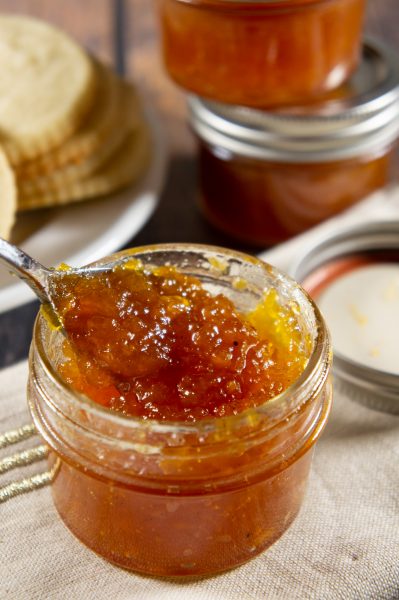
Jam is made with finely chopped, crushed, or mashed fruit or vegetables and sugar. Most fruits contain enough natural pectin to require no additional pectin, but low pectin fruits like strawberries can benefit from the addition.
The thickness, or firmness, of a jams final set is completely up to you, depending on personal preference. I like a looser set jam for easier spreading. If you like firmer, cook longer.
Some Delicious Jam Recipes for you!
- Homemade Strawberry Jam
- Small Batch Loquat Jam
- Rosewater Raspberry Jam
- Wild Plum Jam
- Rhubarb Jam with Orange and Ginger
- Hot Pepper Jam
- Carrot Jam
- Pomegranate Cranberry Jam
- Cherry Vanilla Jam
- Strawberry Watermelon Jam
- Chunky Cherry Jam
A Note on Chia Seed Jam
In recent years the amazing powder of chia seeds as a thickener has become well known, as has their significant health benefits. Just as they do for oatmeal, puddings and other recipes, using chia seeds in a jam can reduce, if not eliminate the need for sugar or pectin. I have not made any this way myself, but if you’re looking for that sort of option here is a helpful post that walks you through making simple 3 ingredient chia seed jams.
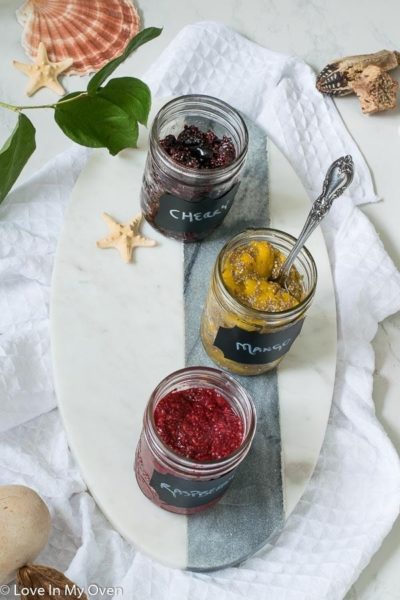
Jelly
Okay, so what is the difference between jam and jelly? When made in the traditional fashion they actually begin in much the same way. They both are made by crushing fruit and cooking with sugar and acid (if needed), but unlike jam which is cooked until set, jelly goes through some additional steps.
For traditional jelly making, the mixture is then placed in a jelly bag over a bowl to drain. It’s important that the juice is allowed to strain without squeezing or stirring to prevent cloudy jelly. That strained fruit juice is then cooked again, often with added pectin to produce a clear, glossy gelled mixture that quivers lightly when prodded.
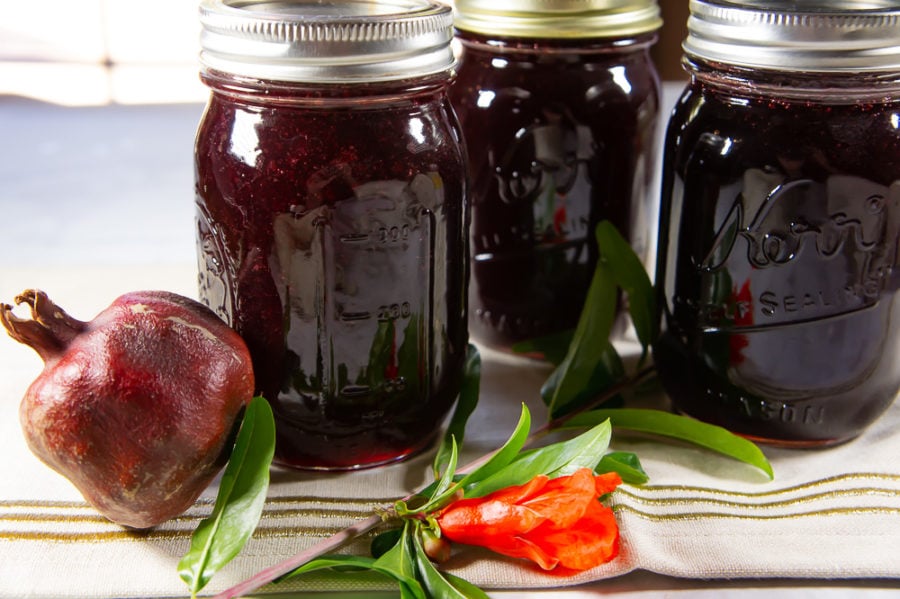
I’ll admit I’ve never made jelly that way. The jelly bag method often requires hours, if not an entire day of patience while the mixture drains undisturbed. Every jelly my mom ever made was instead made by crushing or blending fruit, straining the juice, then cooking with pectin then sugar. Either way, the result should be the same, shiny, clear, with no fruit chunks or rinds. While slightly more finicky than jam, they’re delicious and fun to make.
Here are a variety of recipes of Jelly:
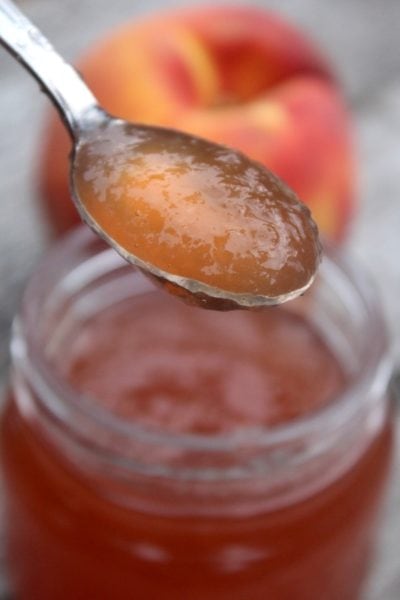
Butters
I know what you’re thinking, butter? What? Not dairy butter, fruit butter! As a kid this was my favorite thing my mom made, and if you’ve never had one I strongly suggest whipping one up!
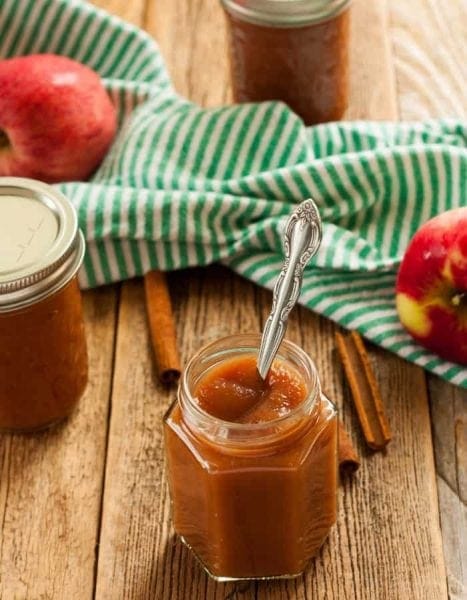
Fruit butters are simply a smooth pureed fruit that is cooked with sugar until the liquid evaporates to produce a sweet, dark, thick and creamy spread. They can take longer to cook that other fruit spreads, but they are most certainly worth it! You can also often use slow cookers or crock pots to make the process, though longer, easier on you. Trust me, these are addictive!
Fruit Butter Recipes:
- Maple Pumpkin Butter
- Slow Cooker Apple Butter
- Slow Cooker Plum Butter: with 4 variations
- Slow Cooker Crabapple Butter
- Pear Butter with Citrus and Spices
- Strawberry Honey Butter
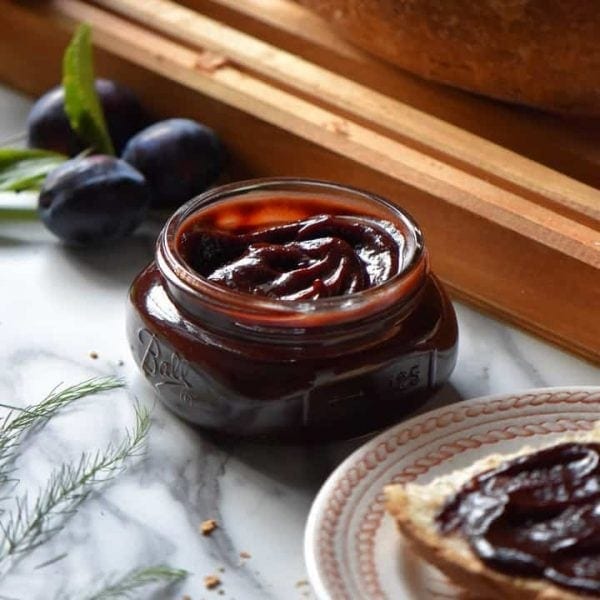
Preserves
Preserves are a step back from jams. Instead of crushing or chopping fruit, preserves are sliced or whole fruit that are suspended in a thick syrup of jelly. Most of the time preserves are made from a single fruit and the syrup is made by infusing that syrup with that fruit as well. They can include spices, liquors, or spirits to further infuse flavor.
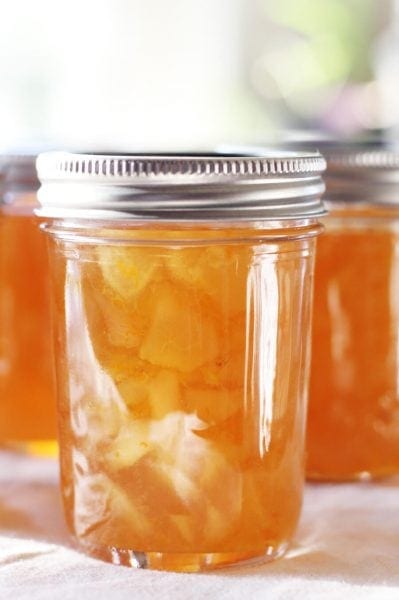
It can be a bit confusing, as ‘preserves’ both refer to this style of fruit spread, and as an overarching term for fruit spreads as a whole.
Fruit Preserve recipe to try:
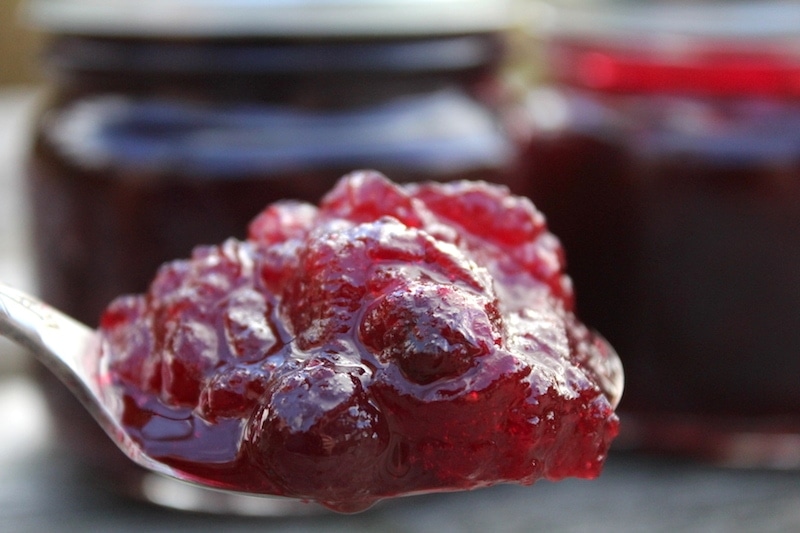
Marmalade
Here’s where we start to deviate a little from the traditional fruit + sugar routine. Marmalade is basically a form of jelly that’s made with citrus fruits. The juice of lemons, oranges, limes or other citrus fruit is cooked into a gel in which cooked, softened pieces of citrus zest are suspended.
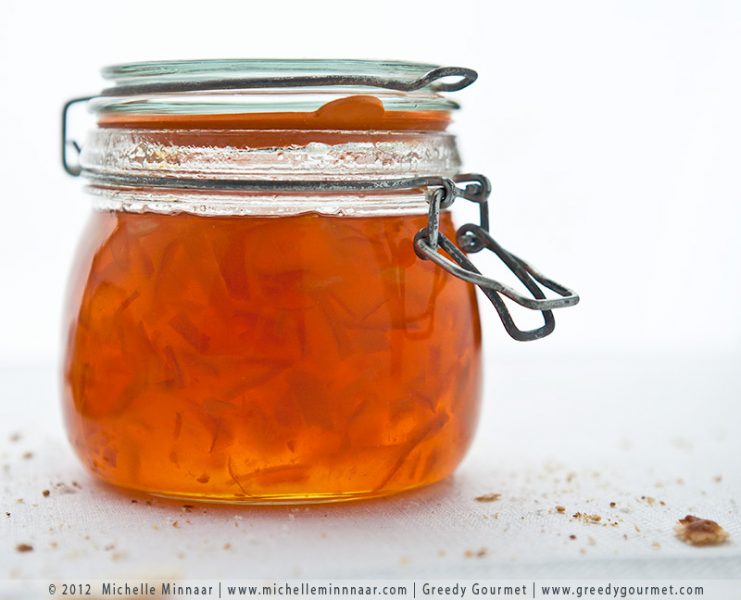
These can be made with one citrus, or a blend of citrus fruits for really unique flavors. They can also be made with flavored alcohols and spices. While maximizing the high levels of natural pectin in citrus seeds and rind can be time consuming, marmalades are a delicious treat that utilize simple ingredients and can make excellent gifts.
A few delicious marmalade recipes:
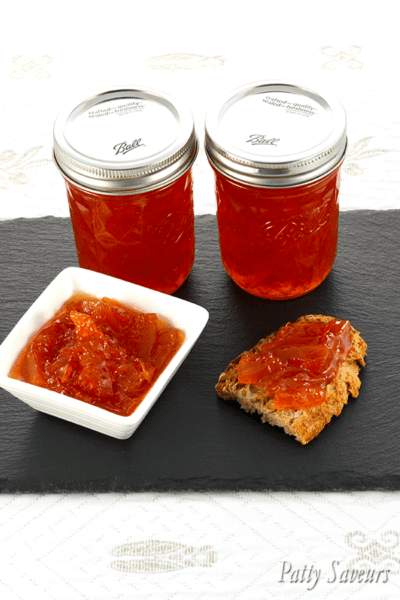
Conserves
Similar in both name and content of preserves, but with a few key variations, conserves are a lesser known form of fruit spread.
While decadent and truly an unique type of fruit spread, the chunky fruit conserve is something I doubt you’ll find at a grocery store. They’re often made with more than one fruit, and also can include nuts, dried fruit, and spices. Make a batch of conserves and gift it to your family and friends and they’ll be begging your for more.
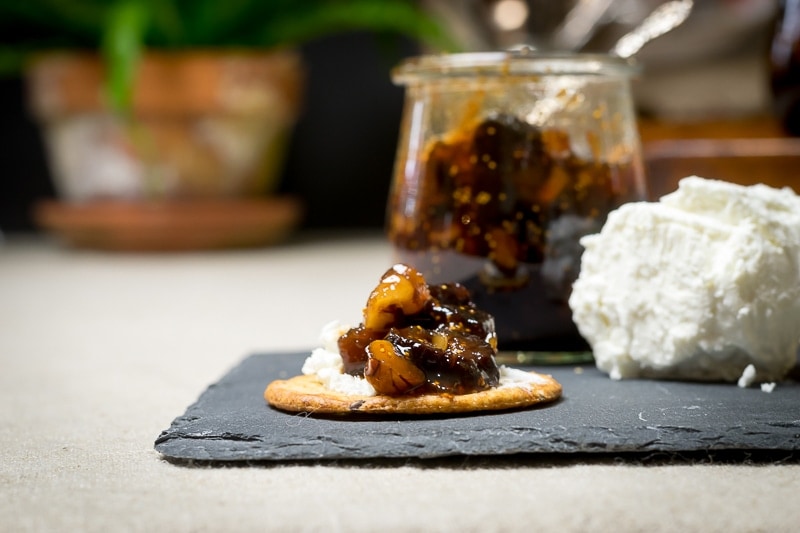
Two amazing Conserve Recipes:
Compotes
I hesitated about including fruit compotes because it generally isn’t something that is canned, and it’s also remarkably similar to other preserves I’ve mentioned above. However should you wonder, I figured it wouldn’t hurt to include it.
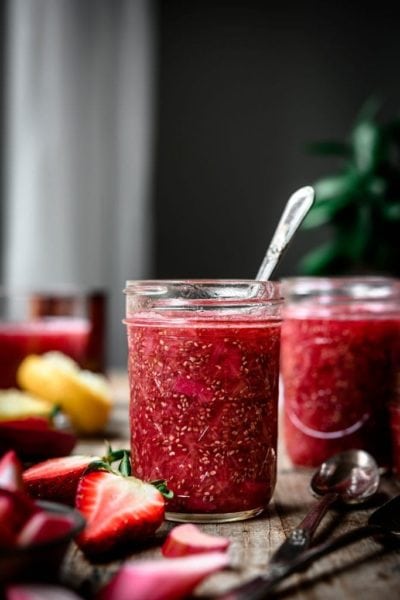
Compotes are whole or chunks of fruit cooked with water, wine, or juice, sugar and some acid until they release their natural juices and form a chunky syrup. They are NOT cooked to the point of setting like a jam, and the chunks are not removed and then returned to the syrup as with a fruit preserve. Compotes are looser and less sticky than other fruit spreads.
They’re delicious and quick, and something I like to whip up for a pancake topping with whatever fresh fruit isn’t in my fridge.
Compote Recipes to enjoy!
Savory Preserves
I’ve just given you an abundance of choices when it comes to preserving your fruits and vegetables for year around enjoyment, but the options don’t end with sweet fruit spreads. Savory preserves can be just as delicious and fun to make as their sweet counterparts.
Chutney
Chunky like a conserve, a chutney is a coarse preserve of fruit and spices. They can be sweet, but often lean toward a savory flavor profile. The major difference in chutney is that while sugar is the main preservation method in fruit spreads, chutneys can also utilize vinegar.
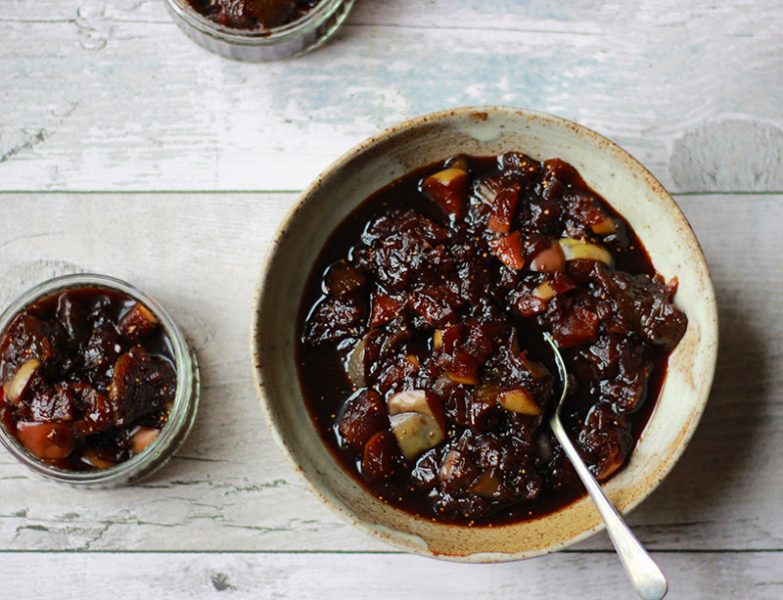
Chutney recipes for you:
- Apricot, Sweet Pepper and Thyme Chutney
- Fig, Apple, Balsamic Chutney
- Honey Bourbon Homemade Cranberry Chutney
- Spicy Rhubarb Chutney with Raisins
Pickles
Combining fruit and/or vegetables with a brine made with vinegar (or other acids), salt, and seasonings produce the most amazing pickles. You’d be surprised what you can pickle, and how delicious they are!
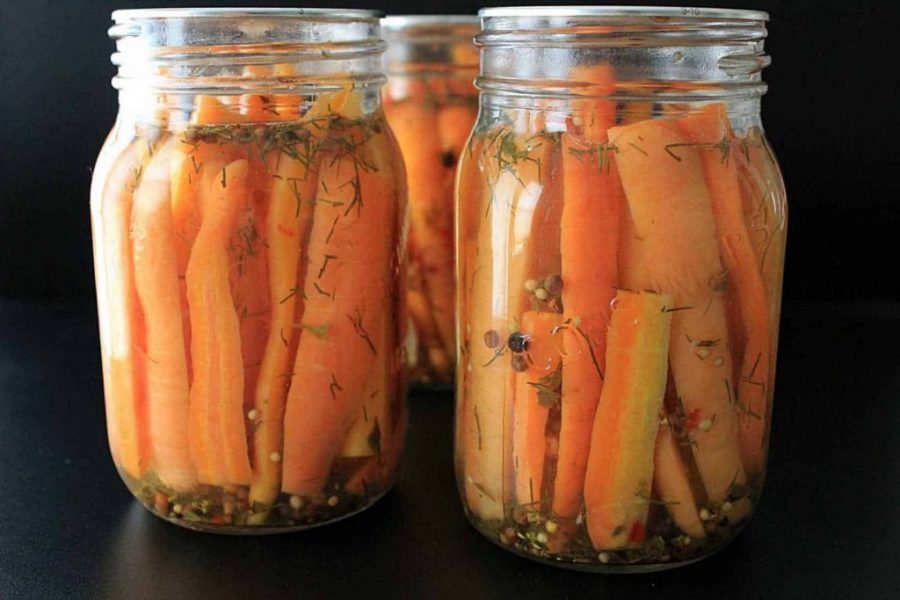
Pickle Recipes:
- Simply Good Dill Pickles
- Grandma’s Bread and Butter Pickles
- Half Sour Pickles
- Pickled Blueberries
- Easy Pickled Jalapenos
- Piccalilli Recipe – A favorite English pickle
- Spicy, or not, Dill Pickled Carrots
- Sweet Vinegared Radish Pickle
- Pickled Pineapples
How to Use Fruit Spreads and Savory Preserves
I’ve just enticed you with tons of amazing options, but what the heck to you do with them? That question is really one to ask yourself! They can be used in so may different ways that it’s be silly to try and think of every single one. Still, here are a few suggestions:
- Topping breakfast bakes like pancakes, waffles, scones, biscuits and toast.
- Glazing meats and vegetables.
- Paired with cheese and crackers for an amazing appetizer
- Filling pies, tarts, or other pastry
Whatever you choose, making a batch of any of these types of fruit preservation allows you to not only enjoy it in the moment, but to store it and open a fresh jar whenever the craving strikes, even when the fruit or vegetable is no longer in season.
Preserving your Fruit Preserves
With all these amazing recipes you definitely don’t want to waste a drop of your fruit and vegetable creations. Learning how to properly seal and store your preserves for both safety and long-lasting flavor is key.
While I’m on the water bath team 100% (my freezer space is limited!), you can freeze most fruit preserves. To do so simply leave ample space, 1 inch or more, between the preserve and the lid to allow for expansion, then freeze. They should keep for 1 year.
You can also make freezer jam, to do so, check out this recipe on How to Make Freezer Jam – no cooking required!
If you prefer the ability to store in your cupboard, please follow my water bath canning guide.
Well there you have it, not only do you know the difference between jam and jelly but many of the other kinds of preserves we can make at home. At the end of the day it helps to know what the goal is when you set out to make a homemade preserve. Nothing irks me me more than picking up a jar of preserves from the store and finding something very similar to a fruit butter inside. Which is why, in addition to better flavor, homemade is simply best!
I hope you enjoy making some of these amazing recipes from myself and fellow food bloggers. We love to provide inspiration and delicious flavor to you and your family. Whichever you choose, I think I can speak for all of us when I say Happy Eating!
Recommended tools…
Nutrition information and cooking times are provided as a best estimate. Values may vary based upon ingredients and equipment.

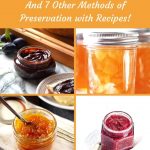
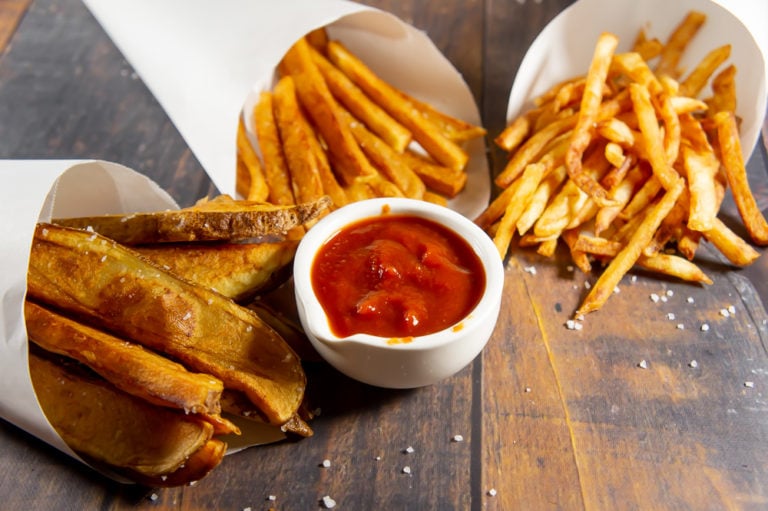
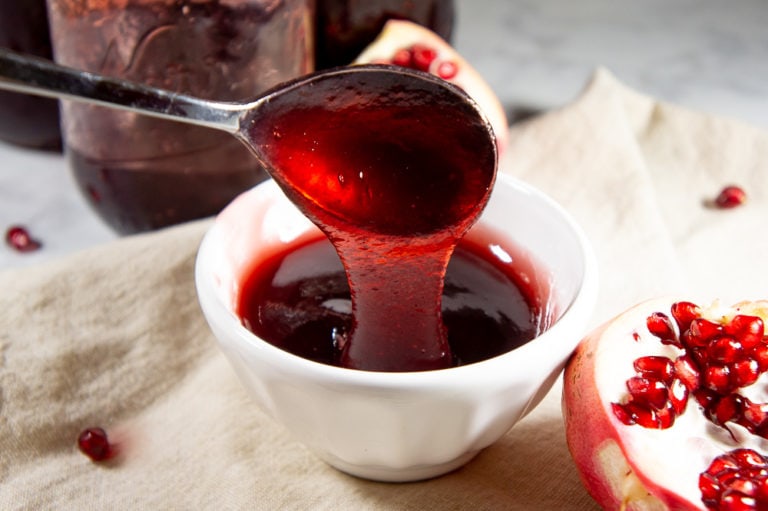
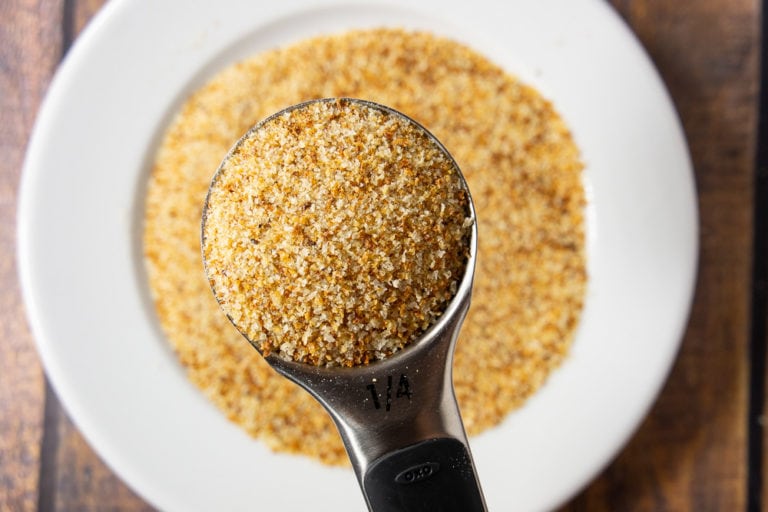
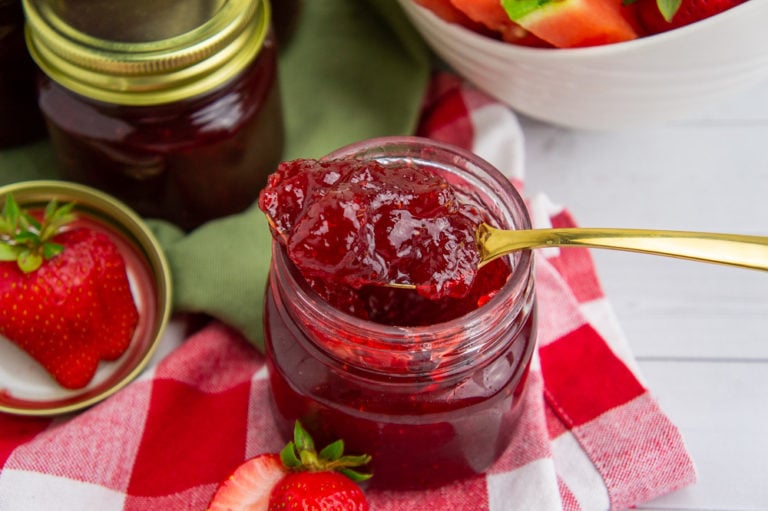

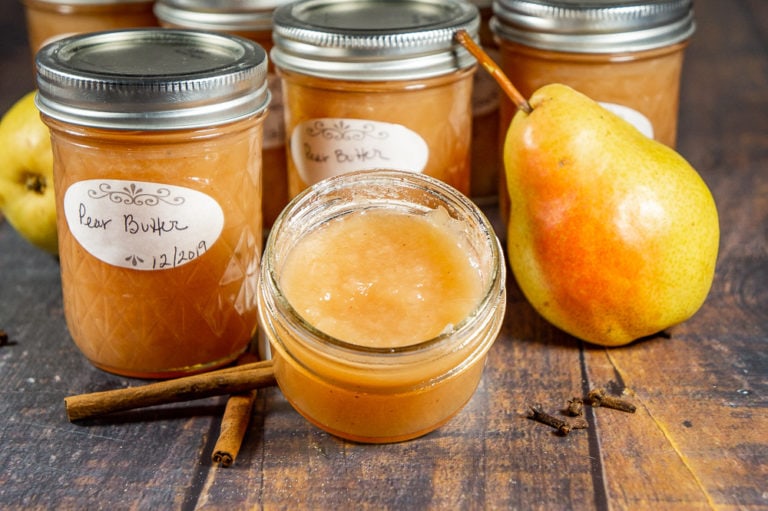
what a wonderful informative post! I never knew what the difference between jelly and jam was. I have to say my favorite out of all of these is chutney. I love the spices 🙂
Alberto, Thank you, I’m so happy you found my post so full of great information, it’s amazing the differences in some foods that are so similar isn’t it! I too love a good flavor filled chutney!
That jam looks delicious! Did you take the picture or you found it online?
Hi there, that jam is my small batch loquat jam, and I took the picture myself, as I do for all the images on my website! I’m glad you thought it looked tasty, that’s always the goal!
Wow! What a comprehensive and informative article. Thank you.
You’re so welcome, I’m glad you found it helpful!
Mikayla…what a comprehensive post!! I am so honored to be included and excited to try several of these delicious sounding recipes.
Thanks again for including me.
Hugs, Lynn
You’re so welcome Lynn! Your Conserve recipes looked so perfect I had to share! I hope you enjoy a few of the others as well 🙂
what a wonderful informative post! I never knew what the difference between jelly and jam was. I have to say my favorite out of all of these is chutney. I love the spices 🙂
Chutney is delicious! I’m glad I could help you find your favorite 🙂
Thank you for this clarification! I am just starting to make my winter preserves and I will definitely follow your tips!
Glad to help! Have fun stocking those cupboards for winter 🙂
Oh wow I would like to try all these recipes! These are really great methods and tips that I will definitely use! Great and useful post! Thank you for sharing!
You’re welcome! I’m so glad I was able to share so many delicious recipes!
I want to try every single recipe on this page! I never thought to make my own preserves but you make it seem so easy!
It’s easier than a lot of people think! I hope you have fun giving a few of them a try!
Such an informative post and so many recipes to choose from too! I have dabbled a bit in jam & fruit spread making before but nowhere near as much as I’d like. It’s time to change that!
Once you get going it’s impossible to stop! I hope you have fun and try out a few of these recipes 🙂
This is such a comprehensive post, Mikayla; a big help to many, I’m sure. Thank you for including and linking back to the Piccalilli recipe from LinsFood.
Thanks for your contribution! The post would definitely not be as effective without the collaboration of such amazing recipes!